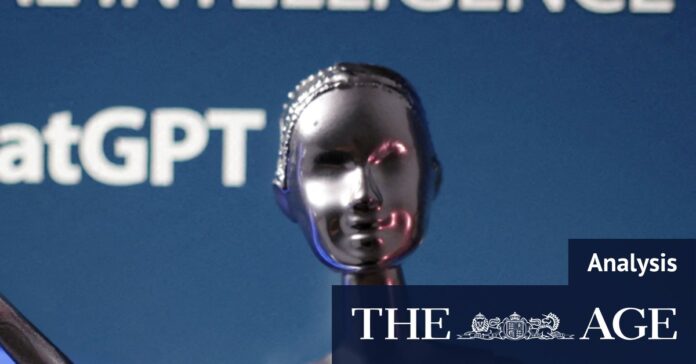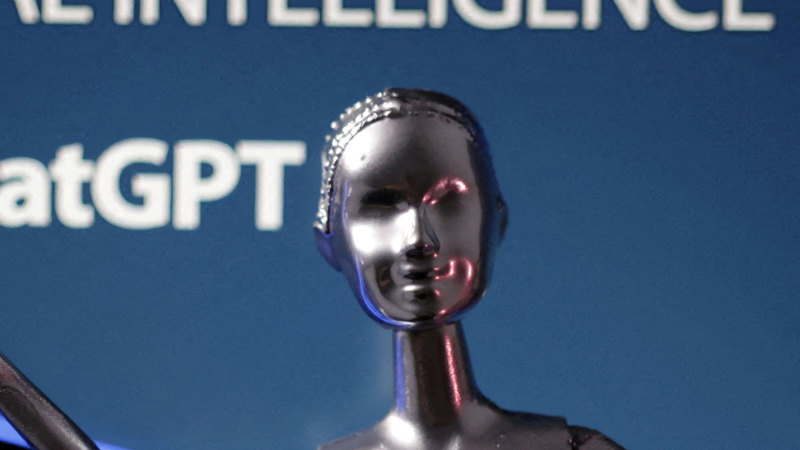[ad_1]
Getting AI to do human work could result in big savings for those companies. The research estimates that banks and some tech companies spend 60 to 80 per cent of their payrolls, or more, on workers in occupations most likely to be affected by the new technology.
Loading
The retail, restaurant and transportation industries are least likely to be affected by generative AI, the report found. Companies like Walmart, McDonald’s and Delta Air Lines mostly employ workers without college degrees who perform roles like helping customers, stocking shelves, cooking food and handling baggage. They spend less than 20 per cent of their payrolls on employees in occupations most likely to be affected by generative AI.
The report doesn’t predict potential job losses related to generative AI. That will be up to employers, the report said, and whether they want to bank the savings from AI automation or use that money to invest and grow, adding more workers. Most experts expect that AI will mostly change jobs for the next few years rather than eliminate them – though that could change if the technology improves sharply.
The report highlights the need for increased training to prepare workers to adapt to a fast-arriving technology, SHRM chief executive Johnny C. Taylor Jr. said.
“Corporations and governments are going to have to seriously invest to get ahead of this,” he said.
The report is the latest entry in a growing field of work trying to predict the effect of generative AI on the economy and the workplace. Other studies have forecast a surge in economic growth and productivity, automating activities that add up to the equivalent of millions of jobs, and time savings of up to 50 per cent for routine office and coding tasks.
In its research, the Burning Glass Institute started with the estimates of generative AI exposure by occupation in a widely cited academic paper that was published last year. It then added its own data sets – including job listings, payroll information, government statistics and corporate disclosures – for the company-by-company calculations.
The SHRM report includes a ranking of selected companies. The Burning Glass Institute did the percentage estimates of the payroll spending by company for The New York Times.
Manav Raj, a co-author of the academic paper that the Burning Glass Institute relied on, said the new research appeared to be a credible effort to parse company-level data. But at this stage, he said, all the studies are educated guesses.
“The many papers out there generally conclude that this wave of AI has the potential to have a very large effect,” said Raj, an assistant professor of management at the Wharton School of the University of Pennsylvania. “But it’s going to take some time to find out what that effect really looks like.”
This article originally appeared in The New York Times.
The Business Briefing newsletter delivers major stories, exclusive coverage and expert opinion. Sign up to get it every weekday morning.
[ad_2]
Source link



